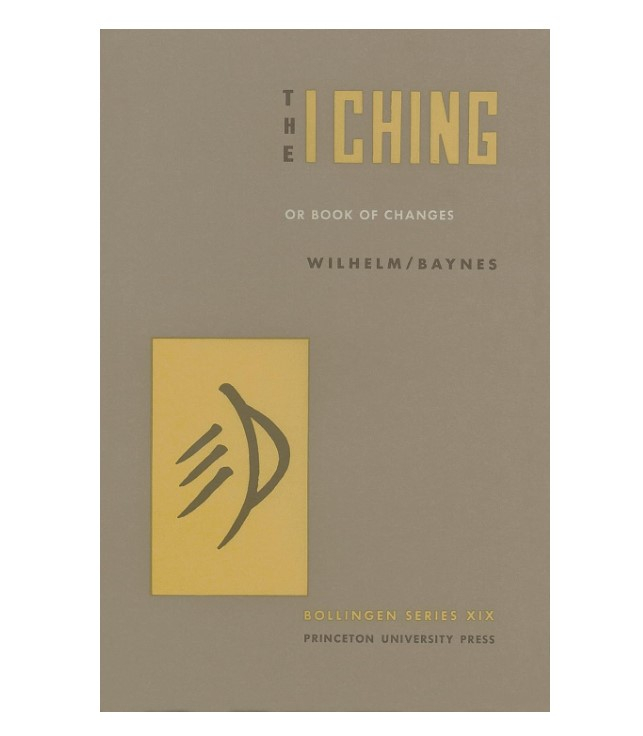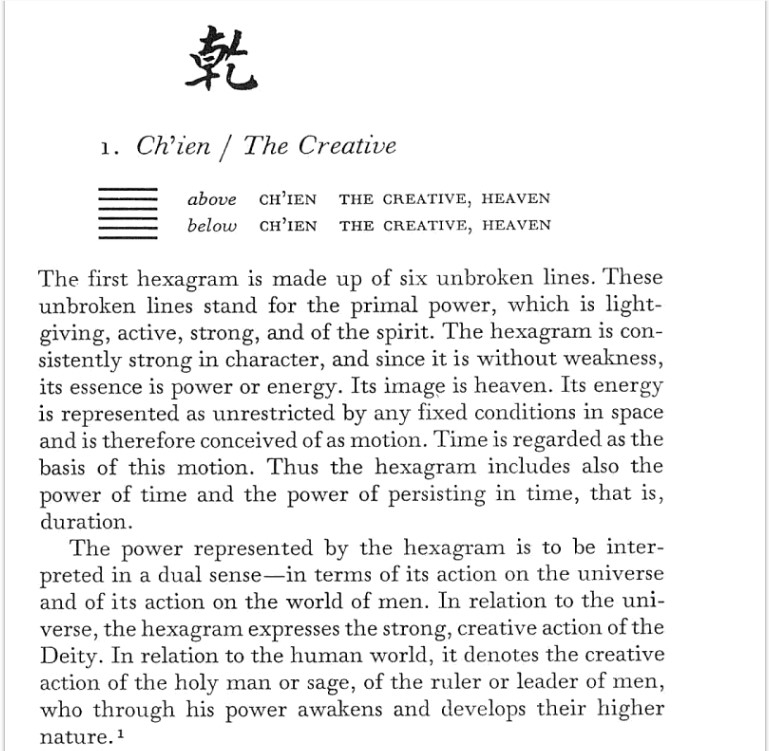The Book of Changes (Yi Jing)
"The Book of Changes," also known as "Yi Jing" or "I Ching," is an ancient Chinese text that explores philosophy, divination, and the patterns of the natural world. It's a mysterious guidebook filled with symbols and wisdom that people have used for thousands of years to understand the world and make decisions.
Basically, "The Book of Changes" is based on the idea that everything in life follows patterns and changes in cycles, like seasons changing or day turning into night. It uses symbols called hexagrams, made up of solid and broken lines, to represent these patterns. Each hexagram represents a different situation or concept. People traditionally use coins or sticks to create a hexagram and then consult the text to understand its meaning. It's a bit like asking for advice from an ancient oracle.
One of the main ideas in "The Book of Changes" is the concept of yin and yang. Yin represents darkness, softness, and the feminine, while yang represents brightness, strength, and the masculine. It suggests that these opposite forces are interconnected and constantly changing, and finding balance in these opposites is crucial for harmony in life.
The text also introduces the concept of the Tao, which is the underlying principle of the universe. It suggests that by aligning ourselves with the natural flow of the Tao, we can find a path of least resistance and live in harmony with the world around us.
While "The Book of Changes" might seem complex, its teachings offer valuable lessons about change, balance, and harmony. Even today, people study it not just for divination but also to gain a deeper understanding of life's rhythms and to find guidance in making important choices.
Link to buy: https://www.amazon.com/Ching-Book-Changes-Bollingen-General/dp/069109750X
Link to read: http://wengu.tartarie.com/wg/wengu.php?l=Yijing&no=0












